Home>Garden Essentials>When Can I Plant Cantaloupe Seeds
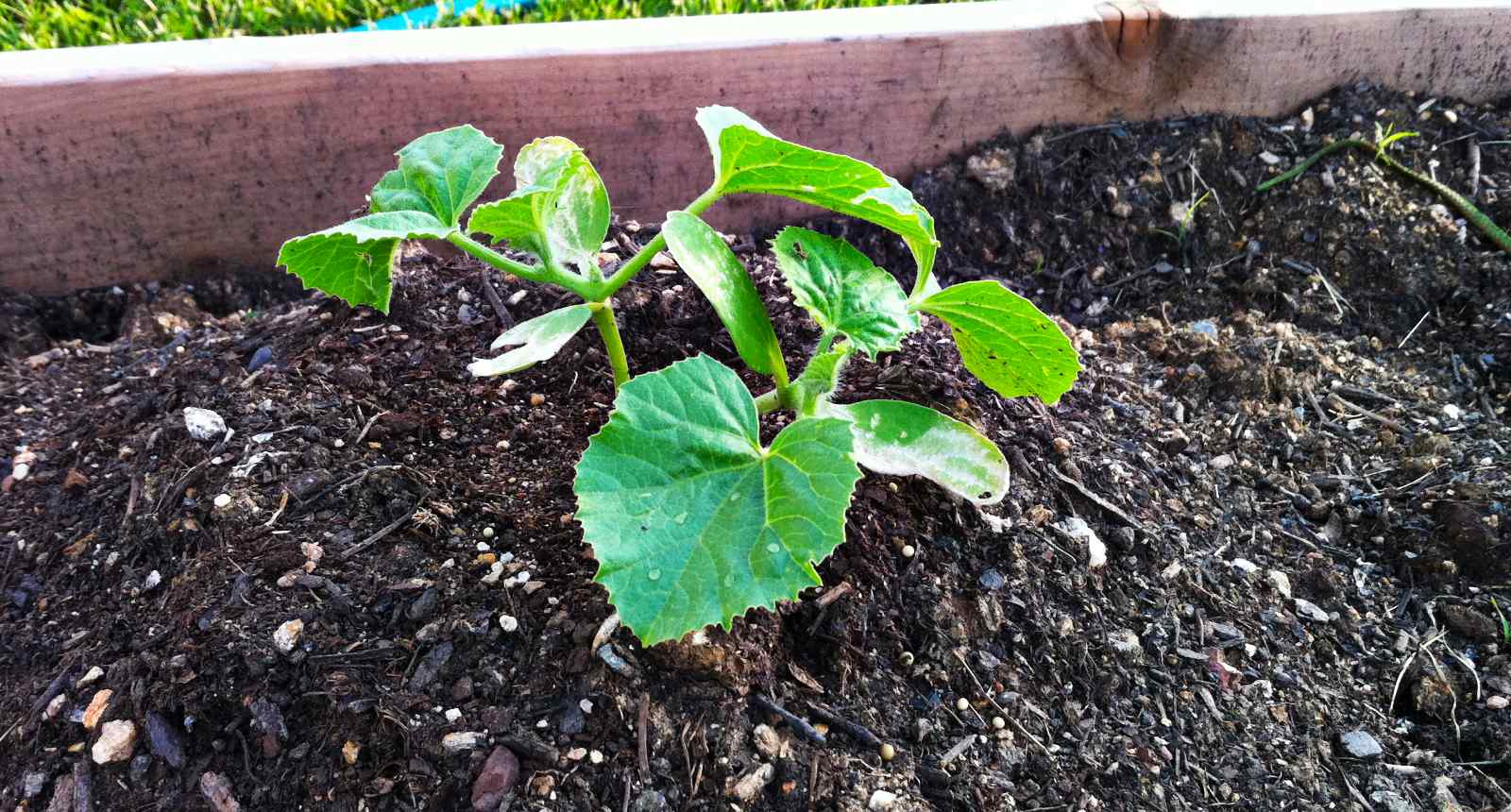

Garden Essentials
When Can I Plant Cantaloupe Seeds
Modified: March 16, 2024
Find out the best time to plant cantaloupe seeds in your garden and ensure a bountiful harvest with our expert gardening tips.
(Many of the links in this article redirect to a specific reviewed product. Your purchase of these products through affiliate links helps to generate commission for Storables.com, at no extra cost. Learn more)
Introduction
When the warm weather arrives, many gardeners eagerly anticipate growing their own delicious fruits and vegetables. One fruit that is especially popular among gardening enthusiasts is the cantaloupe. With its sweet and juicy flesh, cantaloupe is a refreshing and nutritious addition to any garden or plate. If you’re wondering when to plant cantaloupe seeds, this comprehensive guide will provide you with all the information you need to ensure a successful growing season.
Before we dive into the specifics of planting cantaloupe seeds, there are a few factors to consider. Cantaloupe plants thrive in full sun, so it’s important to choose a planting location that receives at least six to eight hours of direct sunlight each day. Additionally, proper soil preparation is essential for successful growth. Cantaloupes prefer well-draining soil rich in organic matter, so take the time to amend your soil if necessary before planting.
Now let’s explore the ideal soil requirements and climate considerations for planting cantaloupe seeds.
Key Takeaways:
- Plant cantaloupe seeds in warm, sunny locations with well-draining soil, ensuring proper spacing and temperature considerations for optimal growth and bountiful harvest.
- Care for cantaloupe plants by providing consistent moisture, support, and protection against pests and diseases, while harvesting ripe fruits for delicious enjoyment.
Read more: When Can I Plant Hollyhock Seeds
Factors to Consider before Planting Cantaloupe Seeds
Before you start planting cantaloupe seeds, it’s important to consider a few factors that can greatly impact the success of your crop. By taking these factors into account, you can ensure optimal growing conditions and a bountiful harvest. Let’s explore the key factors you should consider:
- Location: Cantaloupes thrive in warm climates, so choose a planting location that receives full sun throughout the day. Adequate sunlight is crucial for healthy plant growth and the development of sweet, flavorful fruits.
- Soil Quality: Cantaloupes prefer well-draining soil with a pH range of 6.0 to 6.8. Before planting, test your soil’s pH and make any necessary amendments to bring it within the ideal range. Additionally, incorporate organic matter such as compost or well-rotted manure to improve soil fertility and moisture retention.
- Space: Cantaloupe plants require ample space to spread out and grow. Ensure that you have enough room in your garden for the vines to spread without crowding other plants. Each plant should be given approximately 3 to 4 feet of space in all directions.
- Temperature: Cantaloupes thrive in warm temperatures, with the ideal range being between 70 to 85 degrees Fahrenheit during the day and no lower than 60 degrees Fahrenheit at night. Planting cantaloupe seeds when temperatures consistently stay within this range will promote optimal germination and growth.
- Frost-Free Dates: Cantaloupes are sensitive to frost, so it’s essential to plant the seeds after the threat of frost has passed. Check your local frost-free dates to determine the best time to plant cantaloupe seeds in your region.
- Pest and Disease Resistance: When choosing cantaloupe seed varieties, consider their resistance to common pests and diseases in your area. Opting for disease-resistant varieties can help prevent potential issues and increase the chances of a successful harvest.
By taking these factors into account, you can set the stage for a rewarding cantaloupe growing experience. Now that you understand the important considerations, let’s delve into the specific soil requirements for planting cantaloupe seeds.
Soil Requirements for Planting Cantaloupe Seeds
To ensure successful growth and abundant harvest of cantaloupes, it’s crucial to provide them with the right soil conditions. Cantaloupes thrive in well-drained, fertile soil that is rich in organic matter. Here are the key soil requirements to keep in mind when preparing your garden for cantaloupe seeds:
- Drainage: Cantaloupes are susceptible to root rot, so it’s important to ensure proper soil drainage. Avoid planting them in heavy clay soils that retain water. Instead, opt for loamy or sandy soils that allow excess water to drain away.
- pH Level: Cantaloupes prefer slightly acidic to neutral soil with a pH range of 6.0 to 6.8. Conduct a soil test to determine the pH level of your garden. If the pH is too high or too low, you can amend the soil with appropriate materials to adjust the pH to the ideal range.
- Organic Matter: Incorporating organic matter into the soil is essential for providing the necessary nutrients and improving moisture retention. Add well-rotted compost, aged manure, or other organic materials to enrich the soil. This helps create a loose and fertile planting bed for the cantaloupe seeds.
- Moisture Retention: Cantaloupes require consistent moisture, but overwatering can lead to root rot. To ensure proper moisture retention, consider adding organic matter to improve the soil’s water-holding capacity. Applying a layer of mulch around the plants can also help retain moisture while preventing weeds.
- Fertility: Cantaloupes are heavy feeders and require nutrient-rich soil for optimal growth. Before planting, incorporate a balanced organic fertilizer into the soil. This provides essential nutrients such as nitrogen, phosphorus, and potassium, which are critical for healthy plant development.
It’s important to prepare the soil properly before planting cantaloupe seeds, as it sets the foundation for strong and healthy plants. Take the time to amend the soil based on its properties and these requirements, ensuring your cantaloupes have the ideal conditions for growth. Now that you know the soil requirements, let’s move on to understanding the climate and temperature considerations for planting cantaloupe seeds.
Climate and Temperature Considerations for Planting Cantaloupe Seeds
Cantaloupes are warm-season crops that thrive in hot weather. Understanding the climate and temperature requirements is crucial for successful growth and a bountiful harvest. Here are the key considerations to keep in mind when it comes to the climate and temperature for planting cantaloupe seeds:
- Warm Climate: Cantaloupes are best suited to regions with long, warm growing seasons. They require a minimum of 70 to 85 degrees Fahrenheit (21 to 29 degrees Celsius) during the day to grow and develop properly. Cooler regions may have a shorter time frame for growing cantaloupes, making it important to start seeds indoors or choose early-maturing varieties.
- Frost-Free Dates: Cantaloupes are sensitive to frost and cold temperatures. It’s crucial to plant cantaloupe seeds after the risk of frost has passed. Check the frost-free dates for your specific region to determine the optimal planting time. Be cautious and protect young plants if unexpected cold weather occurs after planting.
- Mature Planting Time: Cantaloupes require approximately 70 to 100 days from planting to maturity, depending on the variety. While it’s possible to start seeds indoors to give the plants a head start, it’s important to wait until the appropriate outdoor planting time to avoid stunting the growth or negatively impacting the root development.
- Nighttime Temperatures: Cantaloupes prefer nighttime temperatures above 60 degrees Fahrenheit (15 degrees Celsius). Cooler nights can slow down growth and potentially affect fruit development. If you’re growing cantaloupes in a region with cooler nights, consider using row covers or other methods to provide protection and maintain warmer temperatures around the plants.
- Microclimates: Sometimes, specific areas within your garden or property can create microclimates that differ from the general climate of your region. Take note of any areas that receive more sunlight, have better heat retention, or are sheltered from cold winds. These microclimates can help create more favorable conditions for cantaloupe growth.
By considering the climate and temperature requirements for planting cantaloupe seeds, you can ensure that your plants have the best chance of thriving. Keep in mind the warm climate, frost-free dates, mature planting time, nighttime temperatures, and any microclimates in your garden. With proper consideration of these factors, you’ll be on your way to growing delicious and juicy cantaloupes in your own backyard. Now that you understand the climate and temperature considerations, let’s explore when to plant cantaloupe seeds indoors.
When to Plant Cantaloupe Seeds Indoors
Starting cantaloupe seeds indoors can be a great way to get a head start on the growing season, especially in regions with shorter growing seasons. By planting seeds indoors, you can provide an optimal environment for germination and early growth, giving your cantaloupes a better chance of success. Here’s a guide on when to plant cantaloupe seeds indoors:
- Timing: Start cantaloupe seeds indoors 4 to 6 weeks before the last frost date in your region. This allows enough time for the seeds to sprout and develop into healthy seedlings that can be transplanted outdoors once the weather conditions are favorable.
- Container Selection: Choose seed trays or small pots with good drainage. Make sure the containers are large enough to accommodate the root system of the seedlings as they grow. These can be filled with a well-draining seed starting mix or a combination of compost and potting soil.
- Seed Sowing: Sow 2-3 cantaloupe seeds per container, about half an inch deep. Water the soil gently after sowing to ensure adequate moisture for germination. Cover the trays or pots with plastic wrap or a humidity dome to create a greenhouse-like environment that retains moisture and promotes germination.
- Location: Place the containers in a warm area with temperatures between 70 to 85 degrees Fahrenheit (21 to 29 degrees Celsius). The seeds require warmth to germinate, so you can consider using a seedling heat mat to maintain consistent temperature if needed.
- Lighting: Cantaloupe seedlings need 14-16 hours of bright light each day for healthy growth. Position the containers in a location that receives ample sunlight or use grow lights to provide the necessary light intensity and duration.
- Thinning and Transplanting: Once the seedlings have grown their first true leaves, you can thin them out to one strong seedling per container. Carefully transplant the seedlings into larger containers or individual pots, ensuring the roots are not disturbed. This will provide them with more space to grow before they are ready to be transplanted outdoors.
By starting cantaloupe seeds indoors, you can extend the growing season and give your plants a head start. As the frost danger passes and the outdoor conditions become favorable, you can transplant the healthy, well-established seedlings into your garden. Keep in mind that cantaloupes are sensitive to transplant shock, so it’s important to harden off the plants gradually by exposing them to outdoor conditions over a period of several days before planting them in the garden.
Now that you know when and how to start cantaloupe seeds indoors, let’s explore when to plant them directly in the garden.
Read more: When Can I Plant Grass Seed
When to Plant Cantaloupe Seeds Outdoors
Planting cantaloupe seeds directly in the garden is a straightforward and convenient option for many gardeners. When the weather warms up and all danger of frost has passed, it’s time to sow cantaloupe seeds directly in the soil. Here’s a guide on when to plant cantaloupe seeds outdoors:
- Last Frost Date: The first step is to determine the average date of the last frost in your region. Plant cantaloupe seeds outdoors after this date to avoid any potential damage to the tender seedlings.
- Soil Temperature: Cantaloupes thrive in warm soil temperatures. Ideally, the soil should have reached a temperature of at least 65 degrees Fahrenheit (18 degrees Celsius) before planting the seeds. Use a soil thermometer to check the temperature several inches deep to ensure optimal conditions for germination and healthy growth.
- Seed Depth and Spacing: Plant cantaloupe seeds about 1 inch deep into well-prepared soil. Space the seeds approximately 2 feet apart in rows, with a distance of 4 to 5 feet between the rows. Providing enough space allows the sprawling cantaloupe vines to grow and spread without crowding each other or other plants in the garden.
- Using Transplants: If you’re eager to start growing cantaloupes but want to ensure a quicker harvest, consider using transplants instead of direct seeding. Transplants are young cantaloupe seedlings that are usually 2-3 weeks old and ready to be planted outdoors. They can be purchased from local nurseries or started indoors ahead of time. When using transplants, make sure to harden off the seedlings by gradually exposing them to outdoor conditions over a period of several days before transplanting.
- Optimal Growing Conditions: Cantaloupes thrive in full sun and require consistent moisture throughout the growing season. Water the plants deeply but avoid overwatering, as it can lead to root rot. Applying a layer of mulch around the plants can help retain soil moisture and suppress weeds.
- Extending the Season: If you live in a region with a shorter growing season, you can use techniques to extend the harvest. Consider using row covers or low tunnels to protect the plants from cold temperatures in the early spring or late fall. These protective covers can help create a warmer microclimate around the plants and allow you to enjoy ripe cantaloupes for a longer period.
By planting cantaloupe seeds outdoors at the right time and providing them with optimal growing conditions, you can enjoy a successful harvest of delicious and juicy melons. Now that you know when and how to plant cantaloupe seeds outdoors, let’s move on to the next step – how to plant the seeds in the garden.
You can plant cantaloupe seeds outdoors once the soil temperature reaches at least 70°F (21°C). This is usually around 2 weeks after the last frost date in your area. Make sure to choose a sunny spot with well-drained soil for best results.
How to Plant Cantaloupe Seeds
Planting cantaloupe seeds properly is crucial for ensuring healthy growth and a bountiful harvest. By following these simple steps, you can give your cantaloupe seeds the best start in the garden:
- Prepare the Soil: Before planting, prepare the soil by removing any weeds or debris. Loosen the soil with a garden fork or tiller to a depth of at least 8 to 10 inches. Incorporate organic matter such as compost or aged manure to improve soil fertility and drainage.
- Sow the Seeds: Create small mounds or hills in the garden, spacing them at least 4 to 5 feet apart. Alternatively, you can plant the seeds in raised beds or containers. Plant 2 to 3 seeds per mound or container, about 1 inch deep. Cover the seeds with soil, gently firming it to ensure good seed-to-soil contact.
- Water: After sowing the seeds, water the soil thoroughly but gently. Keep the soil consistently moist throughout the germination and growth process. Avoid overwatering, as it can lead to rot and disease. Once the seedlings emerge, adjust the watering routine to ensure the soil remains evenly moist.
- Thin the Seedlings: As the seedlings begin to grow and develop, thin them out to one strong seedling per mound or container. Carefully remove the weaker seedlings, leaving only the healthiest one to continue growing. This allows the remaining plant to have more space, nutrients, and resources to thrive.
- Provide Support: Cantaloupe plants are known for their vigorous vines that can sprawl across the garden. Consider providing support by using trellises, stakes, or cages. This keeps the vines off the ground, prevents fruit rot, and allows better air circulation around the plants.
- Maintain Care: Regularly monitor the plants for pests, diseases, and nutrient deficiencies. Keep the garden free from weeds that can compete for nutrients and water. Fertilize the plants with a balanced organic fertilizer according to the package instructions to encourage healthy growth and fruit development.
- Harvesting Time: Cantaloupes are typically ready to harvest 70 to 100 days from planting, depending on the variety. Look for key indicators of ripeness, such as a sweet aroma, a golden or creamy color under the netting, and a slightly soft feel when gently pressed at the blossom end. Harvest the fruits by cutting them from the vine with a sharp knife or pruning shears.
By following these steps and providing proper care, you can enjoy a successful cantaloupe harvest in your garden. Remember, each step is important in the overall process, from preparing the soil to thinning the seedlings and providing support. With a little patience and dedication, you’ll have a delicious and rewarding crop of ripe cantaloupes to enjoy.
Now that you know how to plant cantaloupe seeds, let’s move on to understanding the essential care needed throughout the growing season.
Caring for Cantaloupe Plants
Proper care is essential for the healthy growth and optimal fruit production of cantaloupe plants. By following these care guidelines, you can ensure that your cantaloupes thrive and provide a bountiful harvest:
- Watering: Cantaloupes require consistent moisture, especially during periods of dry spells or drought. Water deeply and evenly, ensuring that the soil around the plants remains consistently moist but not waterlogged. Avoid overhead watering, as it can increase the risk of fungal diseases. Water at the base of the plants to prevent wetting the foliage.
- Mulching: Apply a layer of organic mulch around the base of the plants to conserve moisture, suppress weeds, and regulate soil temperature. Mulching also helps prevent soil-borne diseases by reducing the splash of soil onto the leaves and fruit during watering.
- Fertilizing: Cantaloupes are heavy feeders and benefit from regular fertilization. Start by incorporating organic matter into the soil before planting. As the plants grow, consider supplementing with a balanced fertilizer, such as a slow-release organic fertilizer or a specially formulated vegetable fertilizer. Follow the package instructions for application rates and frequency.
- Training and Support: Cantaloupe plants have sprawling vines that can take up a lot of space. Consider providing support, such as trellises or stakes, to keep the vines off the ground. This not only saves space but also helps improve air circulation and prevents diseases. Gently guide the vines as they grow by tying them to the support structure with soft ties or plant clips.
- Pollination: Cantaloupes require pollination to set fruit. While some varieties are self-pollinating, others rely on bees and other pollinators for successful fruit development. Encourage pollinators to visit your garden by planting flowers that attract them, such as marigolds, sunflowers, or bee balm.
- Pest and Disease Control: Keep a close eye on your plants for any signs of pests or diseases. Common pests that affect cantaloupes include aphids, cucumber beetles, and spider mites. Monitor the plants regularly, and if a pest infestation occurs, use organic pest control methods such as insecticidal soaps or neem oil. Preventing diseases by maintaining good airflow, practicing crop rotation, and removing any infected or damaged plant material can go a long way in keeping your plants healthy.
- Harvesting: Cantaloupes are ready for harvest when they are fully mature, fragrant, and have a slightly soft feel at the blossom end when gently pressed. Use a sharp knife or pruning shears to cut the fruit from the vine, leaving a short stem attached. Harvesting too early will result in underripe and flavorless fruit, while waiting too long can lead to overripe or split melons.
By providing proper care and attention to your cantaloupe plants, you can ensure their health and productivity. Remember to water consistently, fertilize regularly, support the vines, encourage pollination, and protect against pests and diseases. With these care practices in place, you’ll be rewarded with juicy and delicious cantaloupes to enjoy throughout the growing season.
Now, let’s explore some common problems you may encounter while growing cantaloupes and how to troubleshoot them.
Common Problems and Troubleshooting Tips for Growing Cantaloupes
While growing cantaloupes can be a rewarding endeavor, there are some common problems that you may encounter. By identifying these issues early on and implementing appropriate solutions, you can ensure the health and productivity of your plants. Here are some common problems that you may face while growing cantaloupes and troubleshooting tips:
- Poor Fruit Set: If your cantaloupe plants are blooming but not setting fruit, inadequate pollination may be the cause. To encourage pollination, consider attracting beneficial insects to your garden by planting flowers or using hand pollination techniques. Also, avoid using insecticides that can harm pollinators.
- Pest Infestation: Cantaloupes are susceptible to various pests, such as aphids, cucumber beetles, and spider mites. Regularly inspect your plants for signs of insect damage, such as holes in the leaves or wilting. Use organic pest control methods, such as insecticidal soaps or neem oil, to manage the pest population and protect your plants from further damage.
- Disease Outbreaks: Cantaloupes can be affected by fungal diseases, including powdery mildew and downy mildew. To prevent these diseases, ensure proper air circulation around the plants by providing enough space and removing any infected plant material. Apply fungicides labeled for use on melons if necessary, following the instructions carefully.
- Blossom End Rot: Blossom end rot is a common problem that causes the bottom of the fruit to turn dark and mushy. It is usually caused by calcium deficiency or irregular watering. Maintain consistent soil moisture and ensure adequate calcium levels through proper fertilization. Avoid overwatering or letting the soil dry out excessively.
- Running Out of Space: Cantaloupe plants have sprawling vines that can quickly take up a large area in the garden. If you find that your plants are running out of space, consider providing trellises or stakes for support. Training the vines vertically can help save space and make it easier to manage the plants.
- Splitting Fruit: Overly ripe or rapid fruit growth can cause cantaloupes to split or crack. To prevent this, harvest the fruits as soon as they are fully ripe but still firm. Avoid overwatering or providing excessive amounts of water during fruit development to avoid sudden growth spurts.
- Poor Fruit Quality: If your cantaloupes are lacking in flavor or sweetness, it could be due to inadequate maturity or poor growing conditions. Ensure that the fruits are fully mature before harvesting, and provide optimal growing conditions such as consistent watering, proper fertilization, and adequate sunlight.
Remember to closely monitor your cantaloupe plants throughout the growing season for any signs of problems. Early detection and intervention can help prevent further damage and promote plant health. By implementing these troubleshooting tips, you can overcome common issues and enjoy a successful harvest of delicious and juicy cantaloupes.
Now that you’re equipped with solutions to common problems, let’s move on to the exciting part – harvesting cantaloupes!
Read more: When Can I Plant Poppy Seeds
Harvesting Cantaloupes
Harvesting cantaloupes at the right time is crucial to enjoy the fullest flavor and sweetness. Knowing when to harvest and how to properly handle the fruits ensures the best taste and texture. Here’s a guide to help you determine when and how to harvest your cantaloupes:
- Check for Ripeness: One of the first signs that cantaloupes are ready to be harvested is a pleasant, sweet aroma emanating from the fruit. Additionally, inspect the color of the skin underneath the netting. It should have a golden or creamy hue, depending on the variety. Avoid harvesting cantaloupes when the skin is still green or unripe.
- Feel for Ripeness: Gently press the blossom end of the fruit with your thumb. It should yield slightly under pressure, indicating a softness and maturity. Avoid applying too much pressure, as it can damage the fruit. If the fruit feels too firm, it is likely underripe, whereas if it feels too soft or mushy, it may be overripe.
- Inspect the Stem: Examine the stem where it connects to the fruit. When a cantaloupe is fully ripe, the stem should easily detach from the fruit with a gentle twist or with the help of a sharp knife or pruning shears. Do not forcefully pull or yank the fruit from the vine, as it may damage the plant.
- Harvesting Technique: Use a sharp knife or pruning shears to cut the cantaloupe from the vine, leaving a short stem attached to the fruit. Be careful not to damage the neighboring fruits or the plant while harvesting. Handle the cantaloupes gently to avoid any bruising or injury that may reduce their quality.
- Post-Harvest Care: Once harvested, promptly store the cantaloupes in a cool, well-ventilated area. Avoid exposing them to direct sunlight or extreme temperatures, as they can accelerate spoilage. If you notice any damaged or overripe fruits, remove them to prevent the potential spread of mold or other issues.
- Ripening After Harvest: If you’ve harvested cantaloupes that are slightly underripe, you can allow them to ripen further at room temperature. Place them in a paper bag along with a ripe banana or apple, which releases ethylene gas, a natural ripening agent. Check the fruits daily and consume them as soon as they reach the desired level of ripeness.
- Enjoying the Harvest: Cantaloupes are best enjoyed when they are fresh and at their peak flavor. Cut the cantaloupes open just before eating to preserve their juiciness and sweetness. You can enjoy cantaloupe slices on their own, add them to fruit salads, or blend them into refreshing smoothies.
Harvesting cantaloupes at the right time ensures that you experience their delightful flavor and texture. By following these guidelines, you can enjoy the satisfaction of picking perfectly ripe cantaloupes from your garden. Remember, the aroma, color, firmness, and ease of detachment are all key indicators of ripeness. With a little practice, you’ll become an expert at harvesting cantaloupes and enjoying their delectable taste.
Now that you know how to harvest cantaloupes, it’s time to start planning your next growing season and savoring the fruits of your labor!
I hope this comprehensive guide has provided you with the information you need to confidently plant, care for, and harvest cantaloupes in your garden. Happy gardening!
Conclusion
Growing cantaloupes in your garden can be a rewarding experience that allows you to enjoy the delicious taste of freshly harvested melons. By considering factors such as location, soil requirements, climate, and timing, you can create optimal conditions for cantaloupe seedlings to thrive and produce abundant fruits. Whether you choose to start seeds indoors or plant them directly in the garden, providing proper care and attention throughout the growing season is essential for a successful harvest.
Remember to provide adequate water, fertilizer, and support for the sprawling vines. Regularly monitor your plants for pests and diseases, and take appropriate action to prevent or manage any issues that arise. Harvesting cantaloupes at the right time, based on their aroma, color, and firmness, ensures the best flavor and texture.
Through this comprehensive guide, you have learned the importance of soil preparation, climate considerations, and proper care techniques to achieve a successful cantaloupe harvest. By implementing the tips and techniques shared, you can confidently grow and enjoy your own homegrown cantaloupes.
Whether you savor them fresh off the vine, add them to tasty fruit salads, or blend them into refreshing smoothies, the juicy and sweet flavor of homegrown cantaloupes will surely delight your taste buds. The pride and satisfaction of growing your own food are unmatched, and with cantaloupes, you have the opportunity to experience this firsthand.
So, roll up your sleeves, get your hands dirty, and embark on the exciting journey of growing cantaloupes. With the knowledge and insights gained from this guide, you are well-equipped to cultivate these delectable melons in your very own garden. Enjoy the process, and may your cantaloupe harvest be fruitful and rewarding!
Happy gardening!
Frequently Asked Questions about When Can I Plant Cantaloupe Seeds
Was this page helpful?
At Storables.com, we guarantee accurate and reliable information. Our content, validated by Expert Board Contributors, is crafted following stringent Editorial Policies. We're committed to providing you with well-researched, expert-backed insights for all your informational needs.
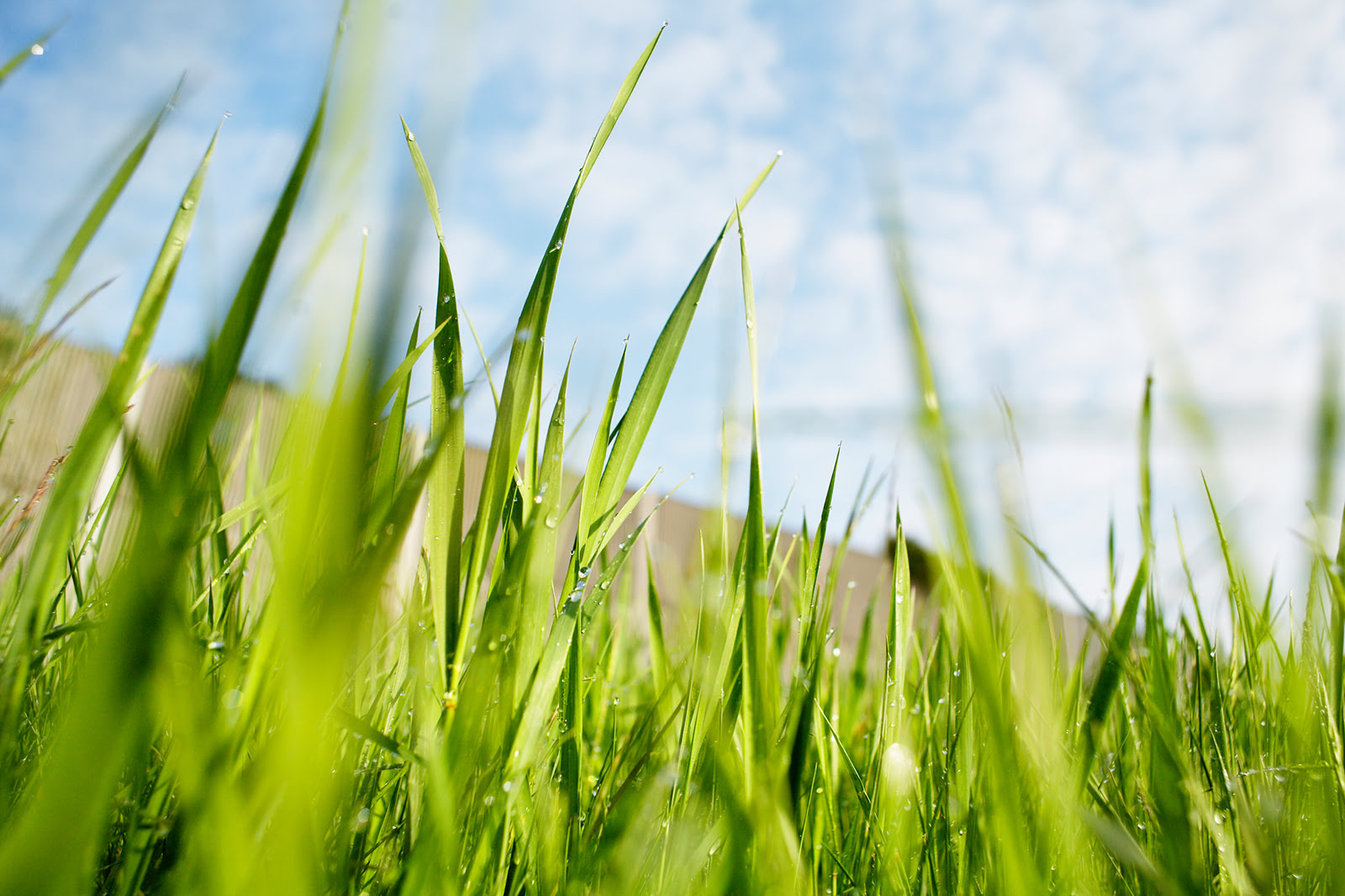
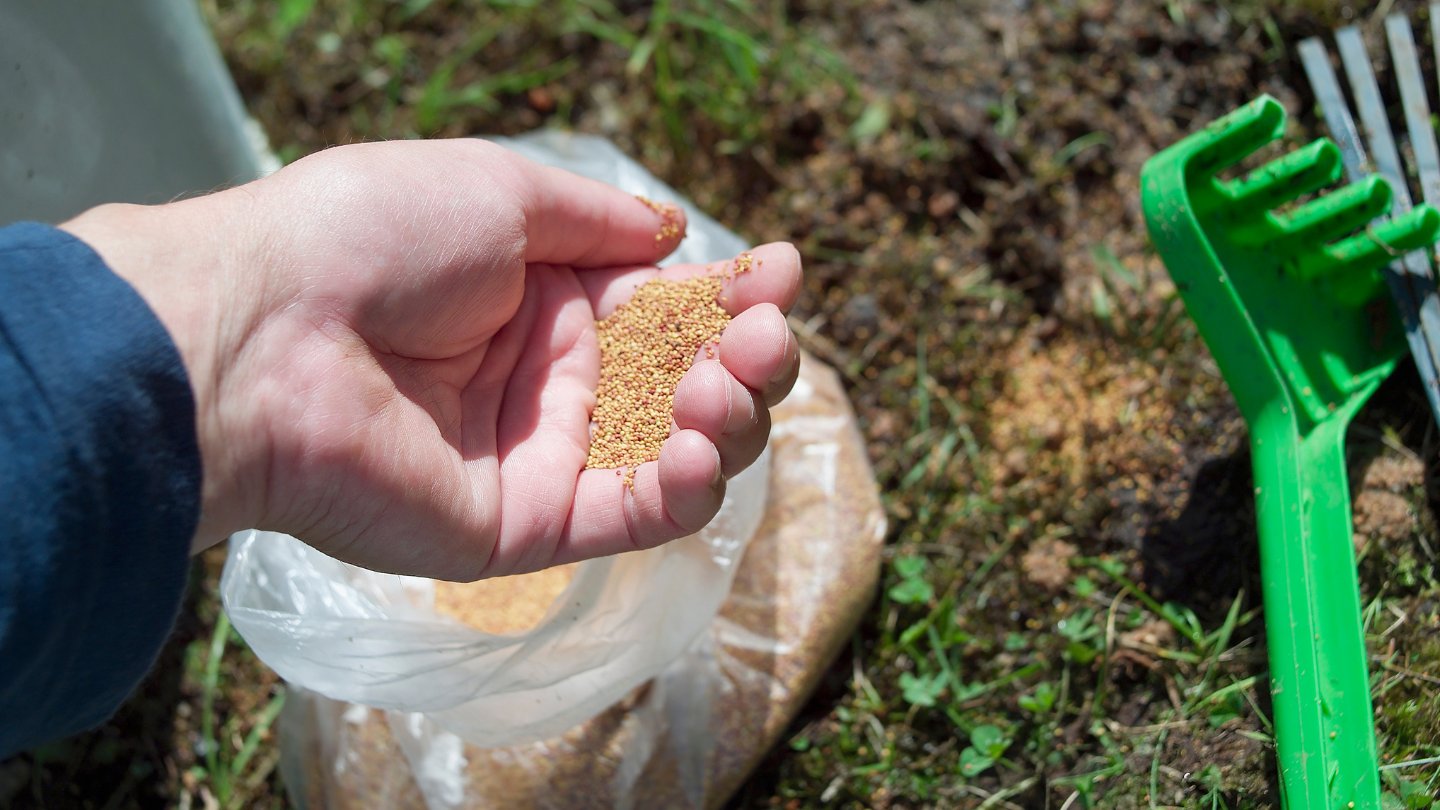
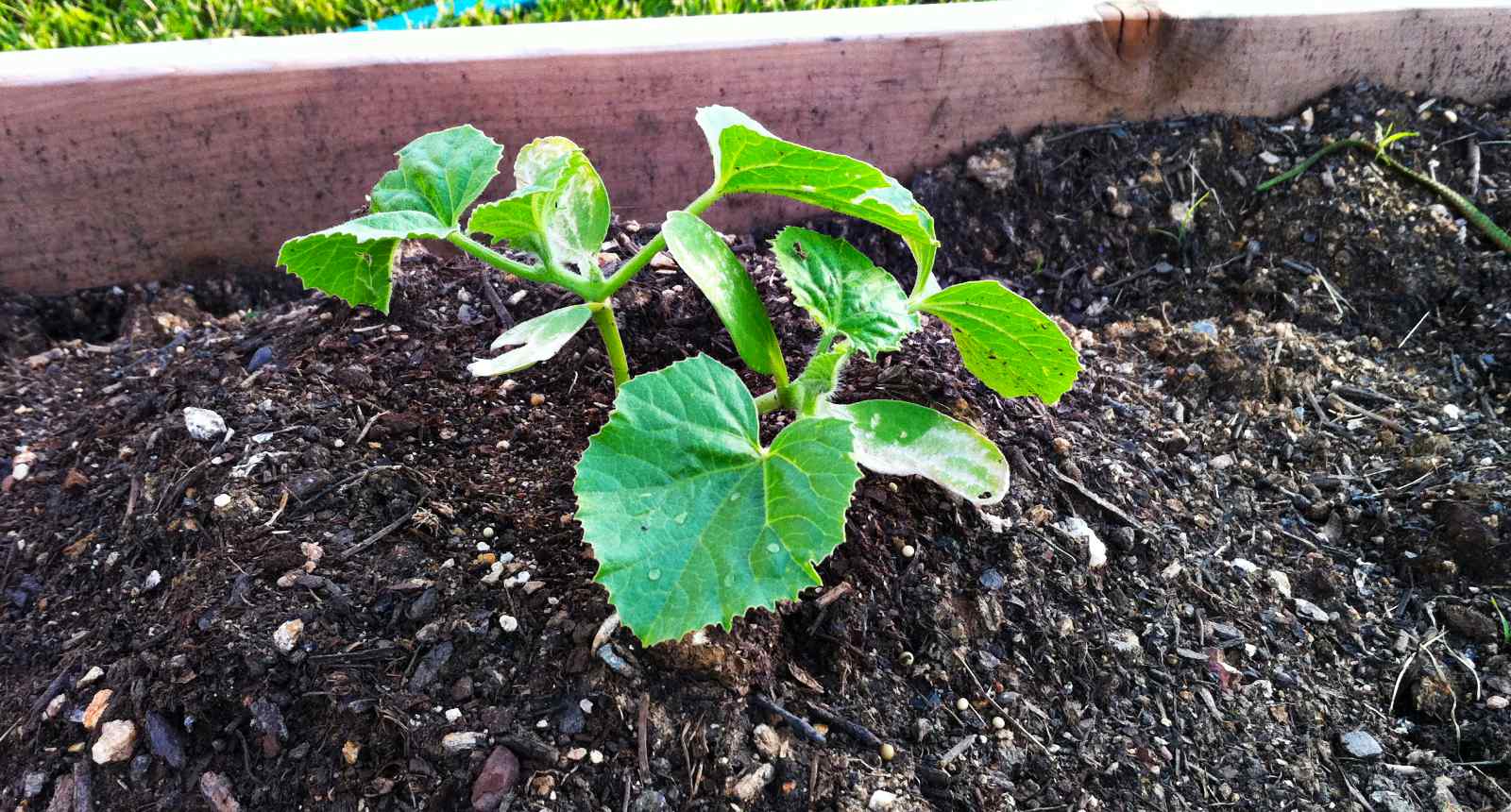
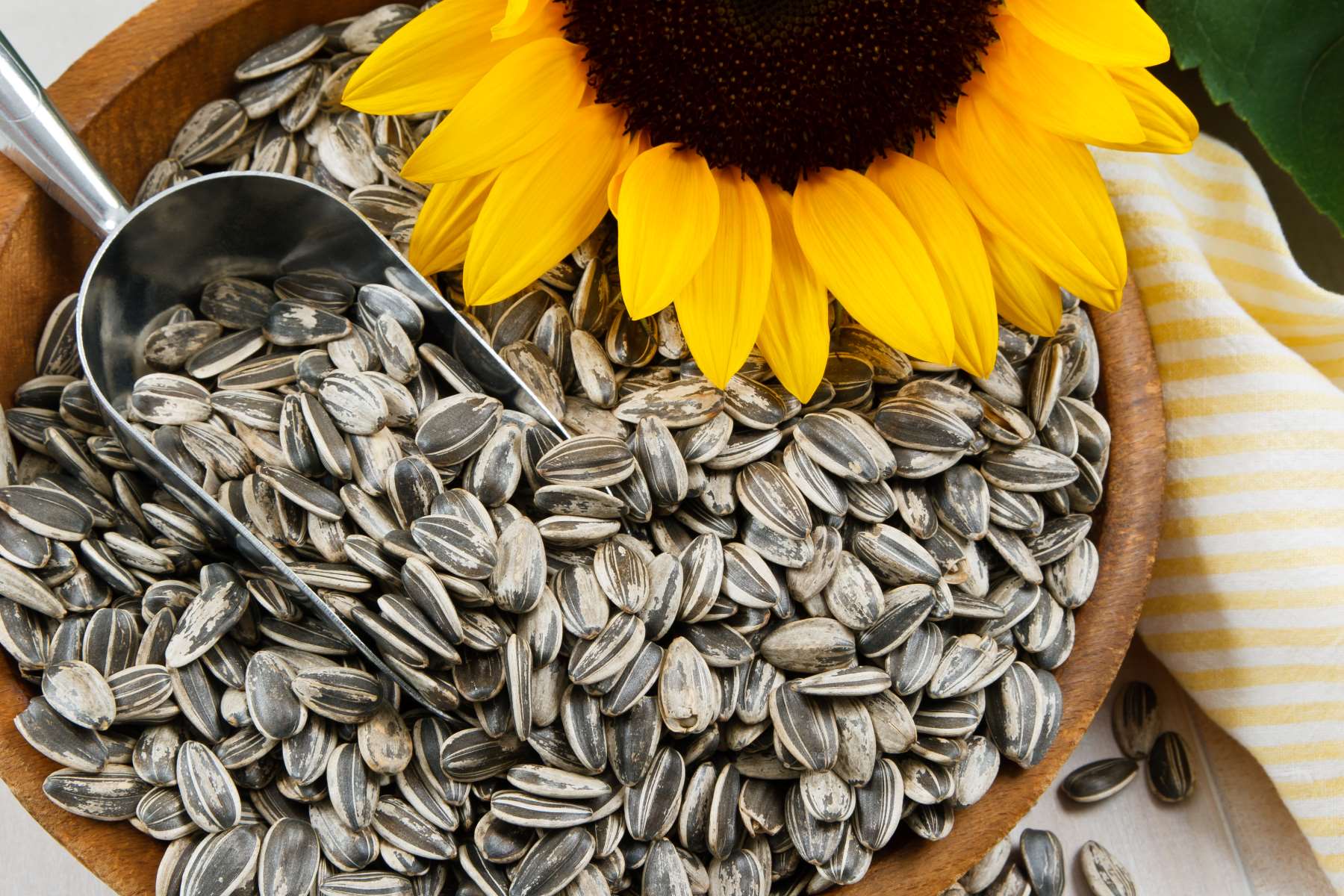
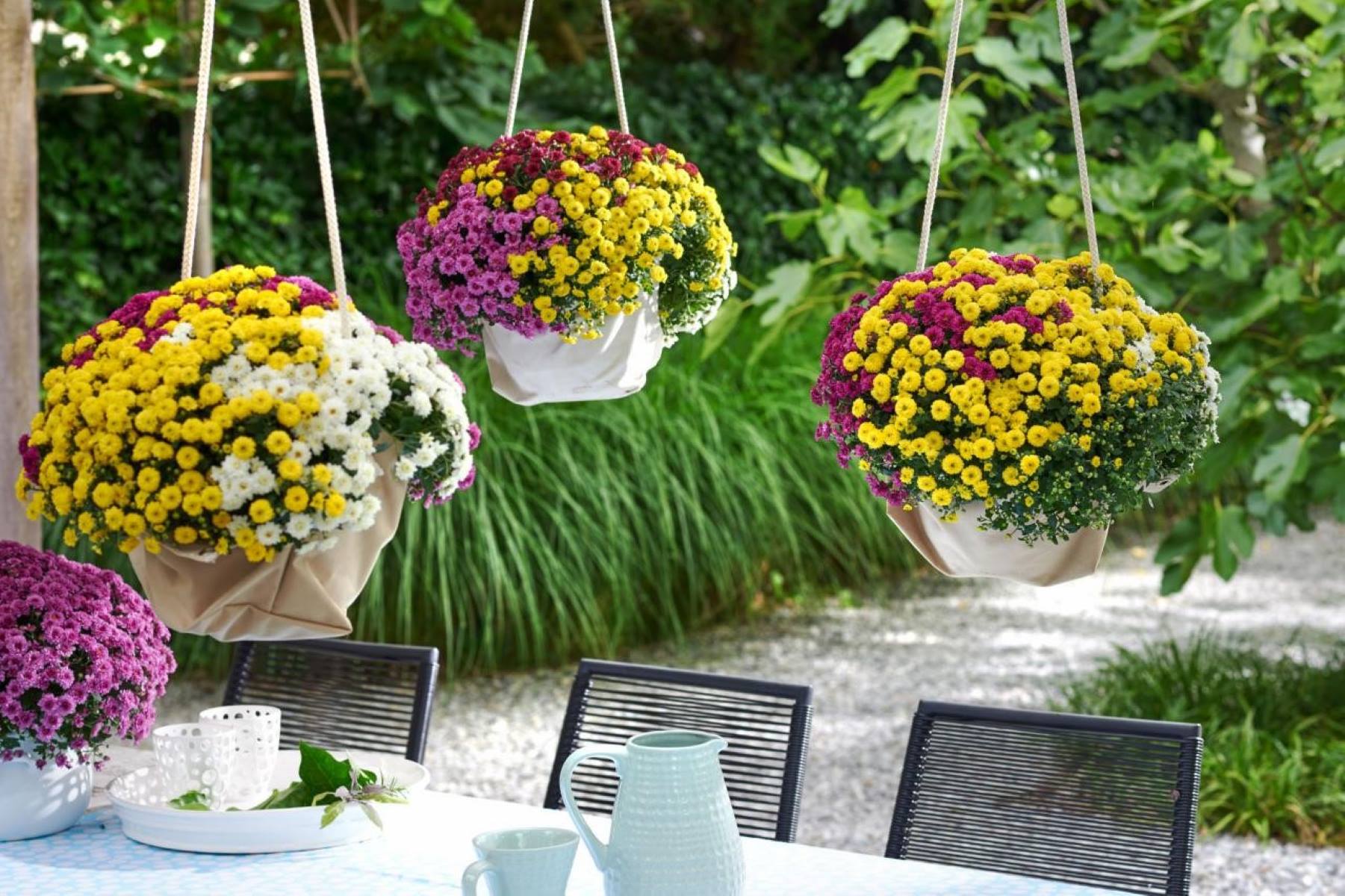
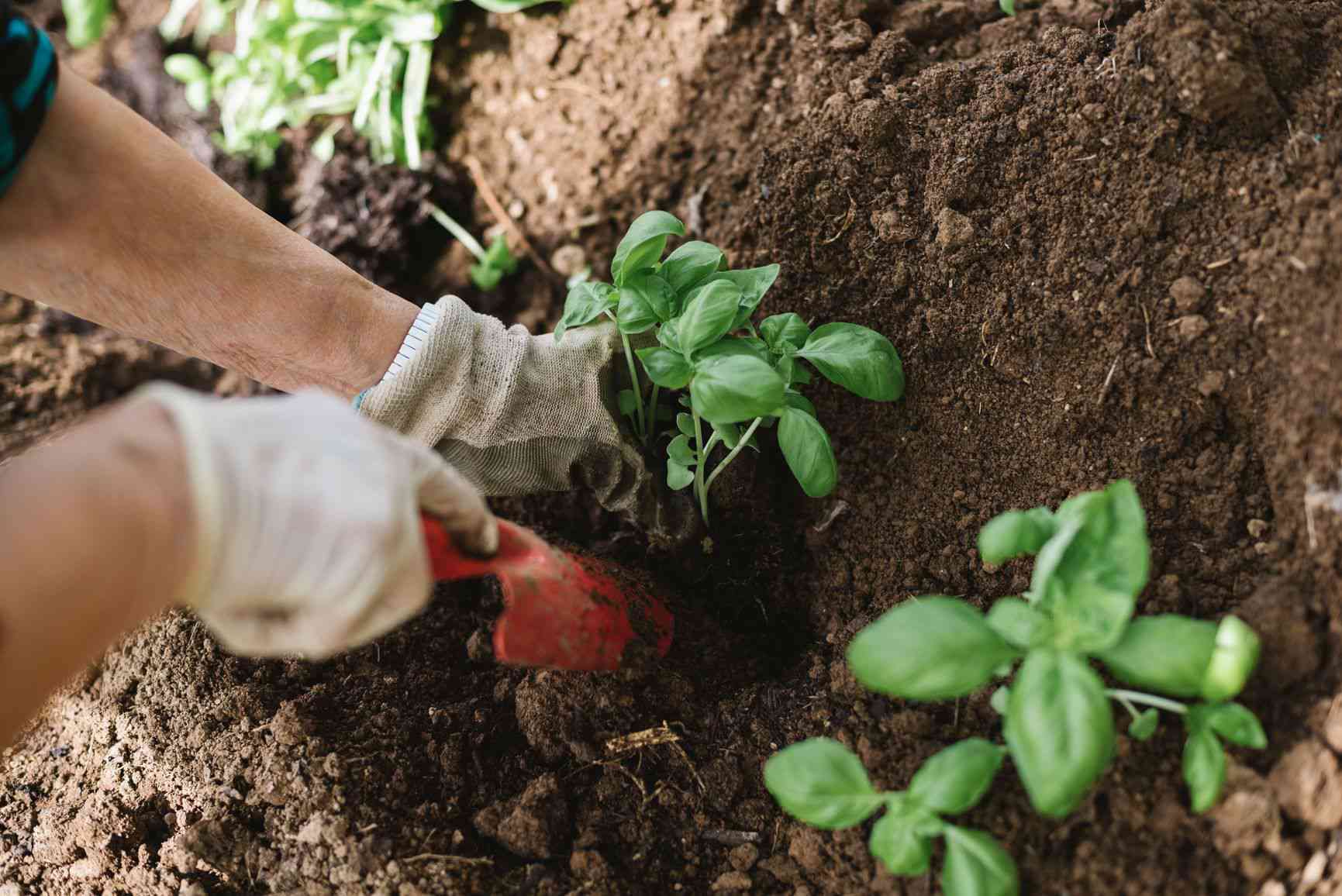
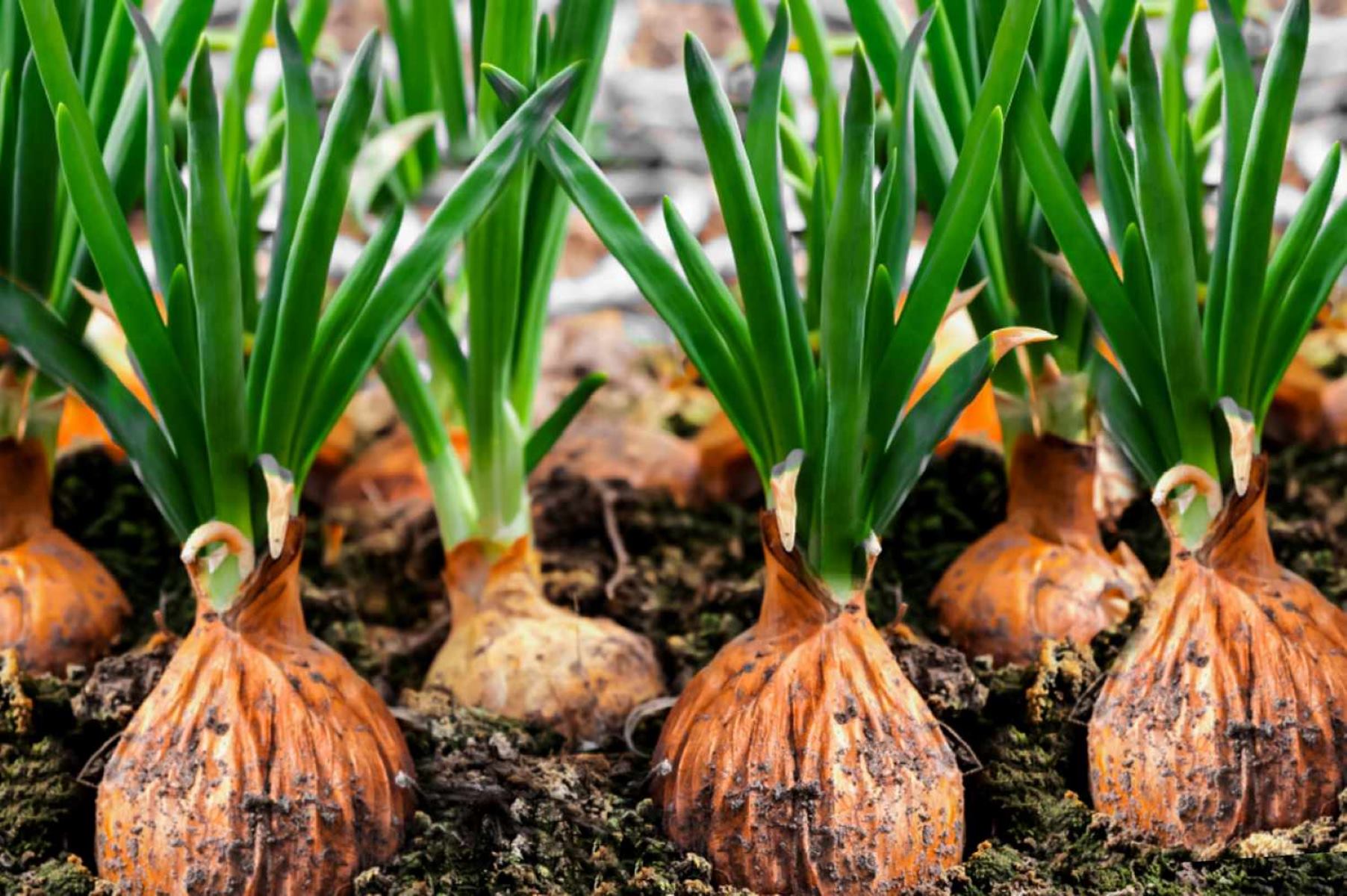
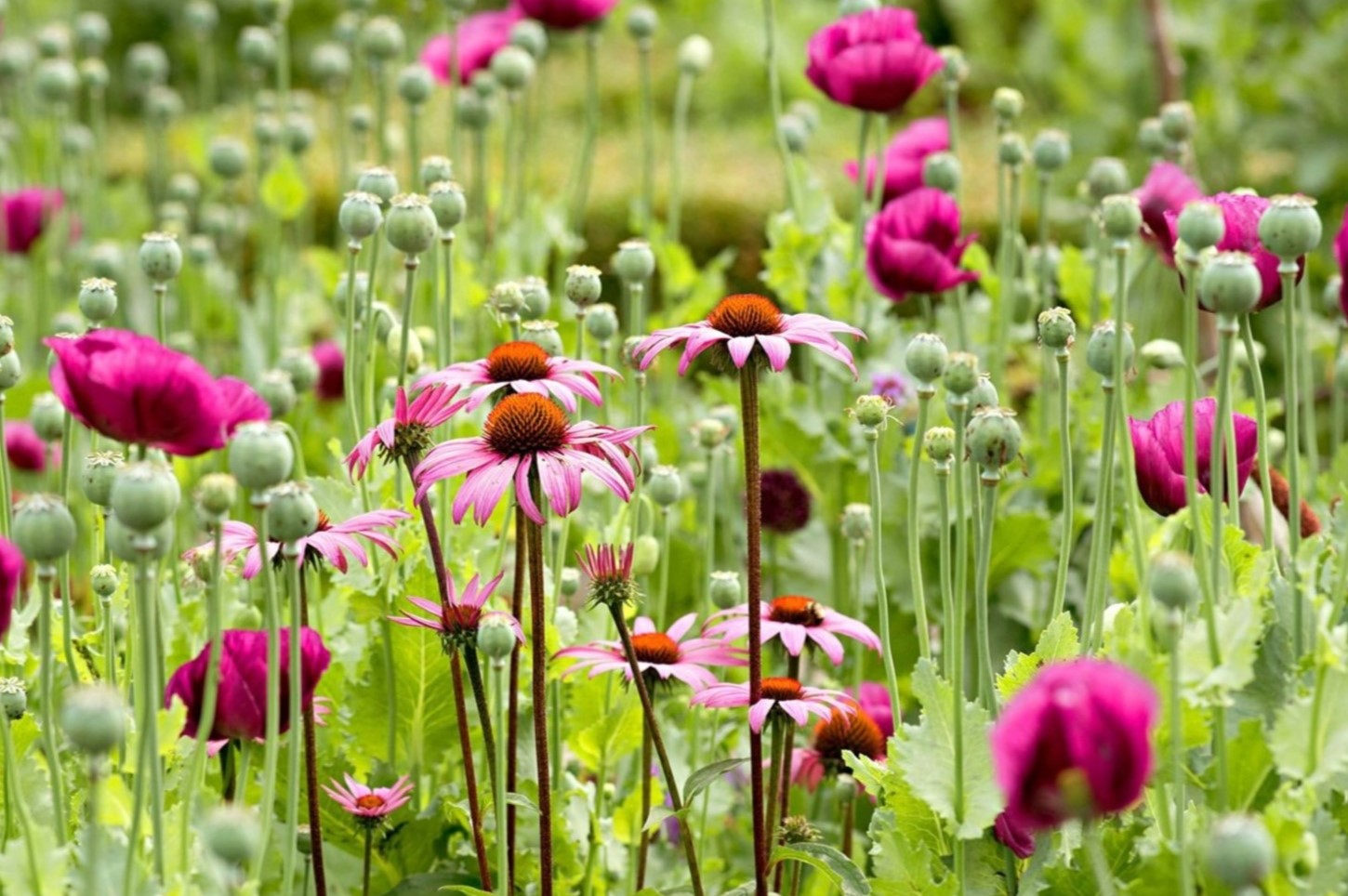
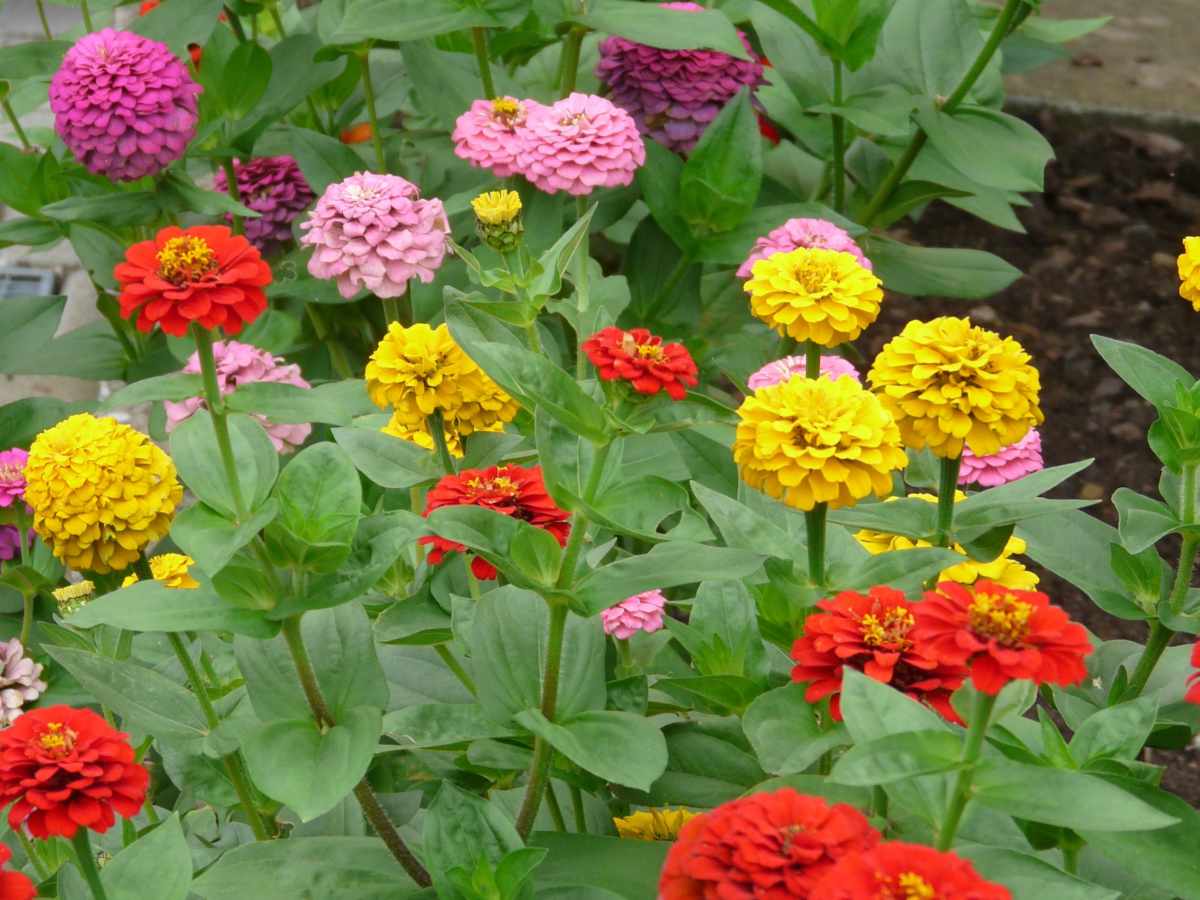
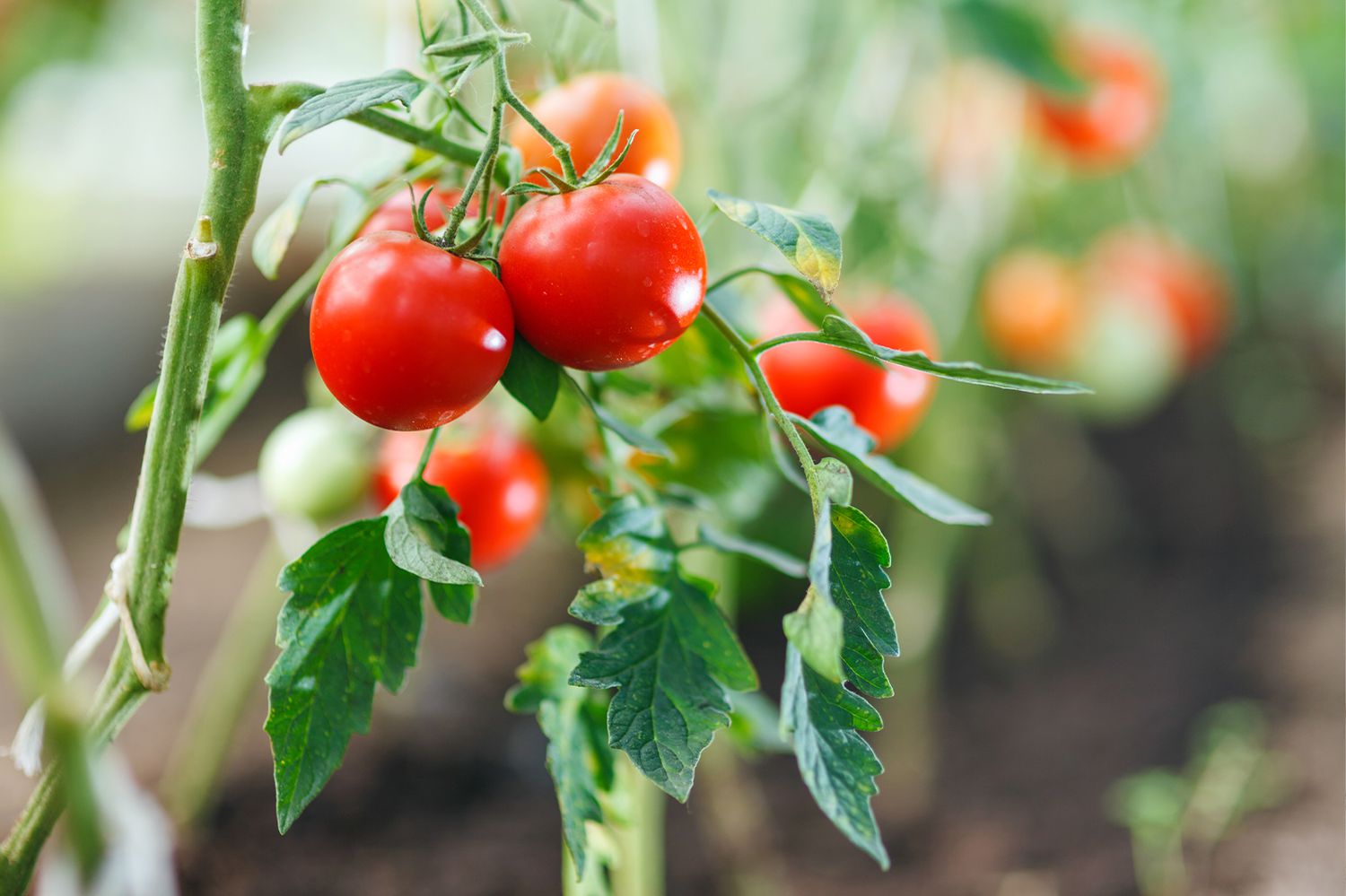
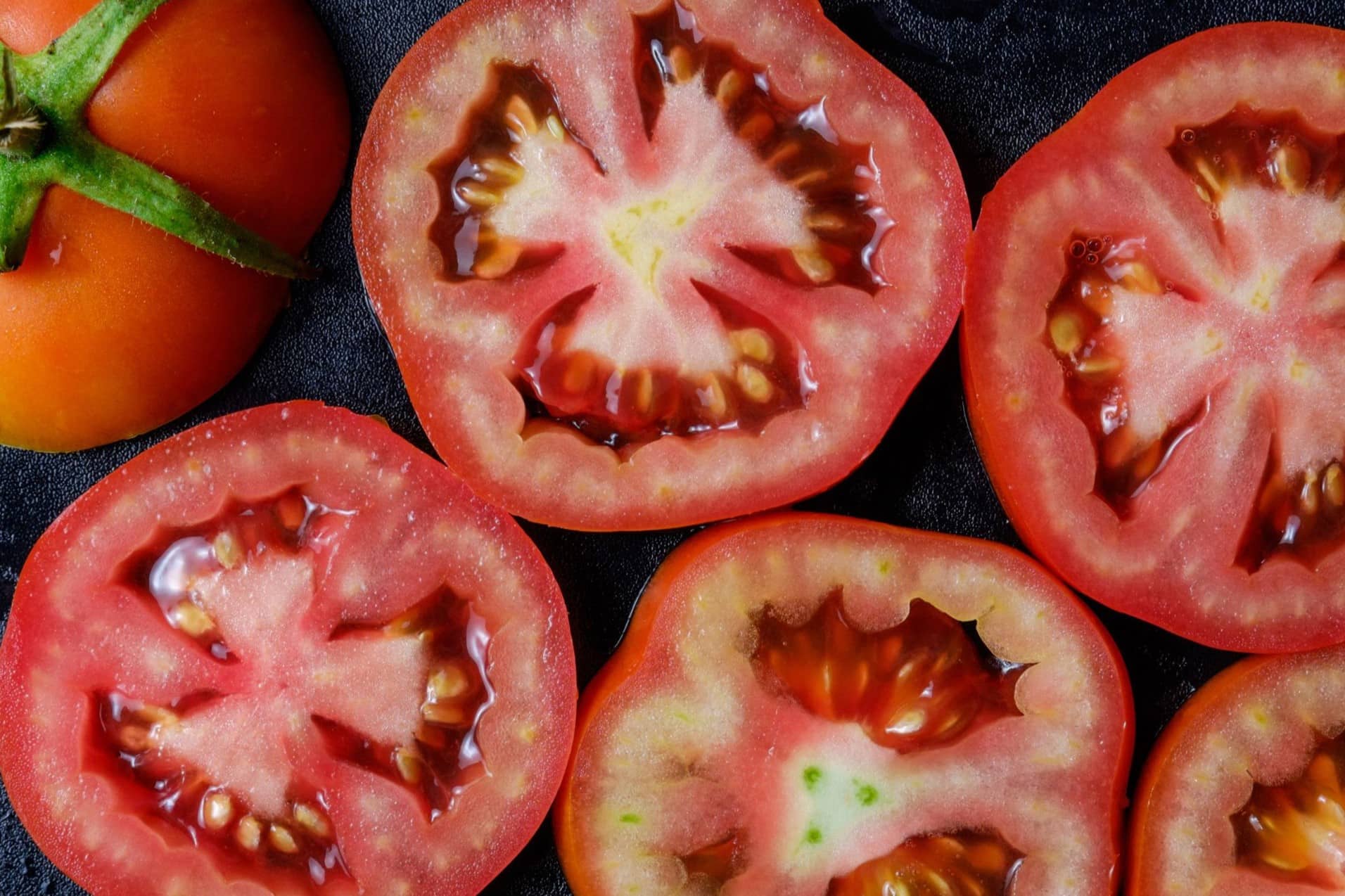
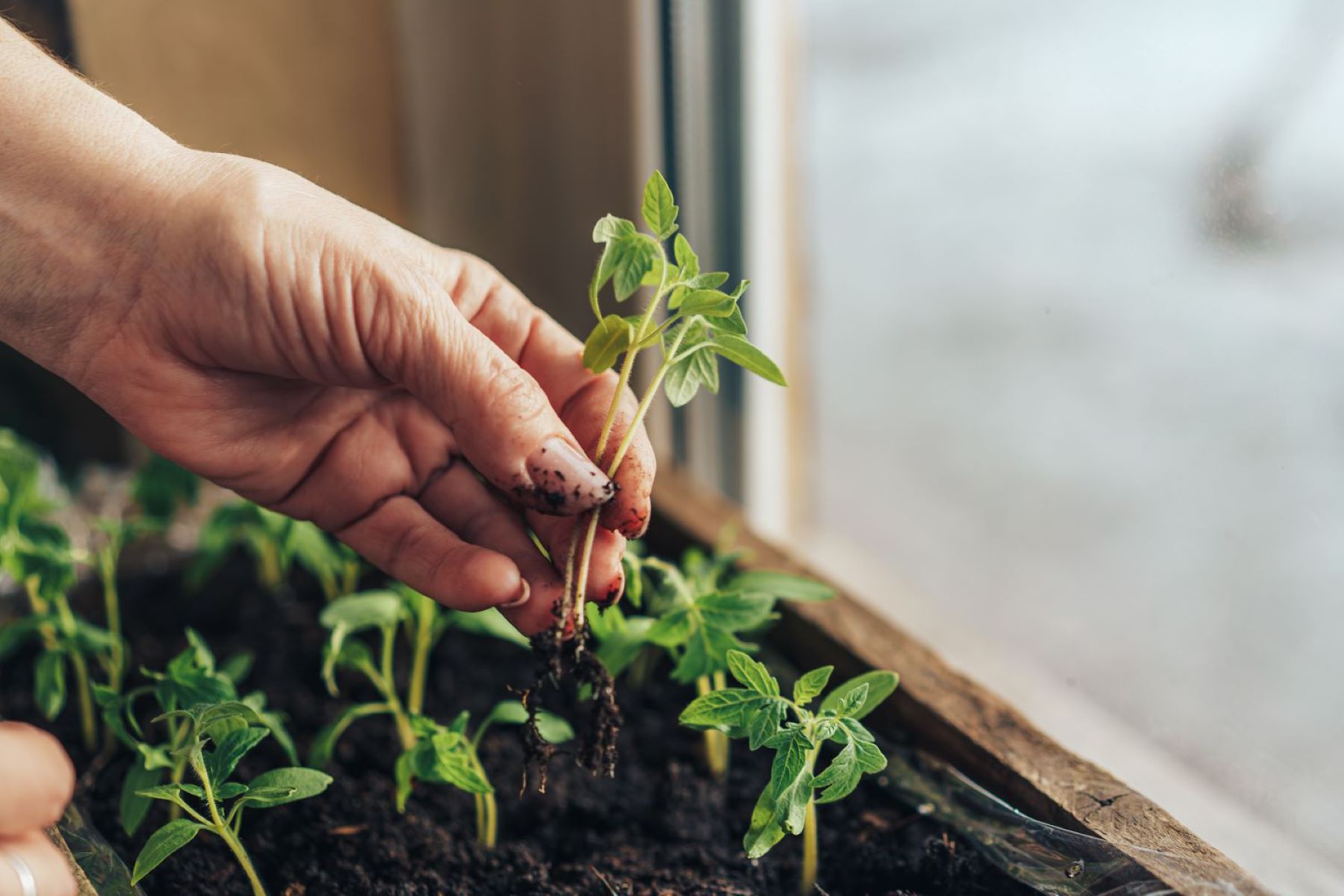
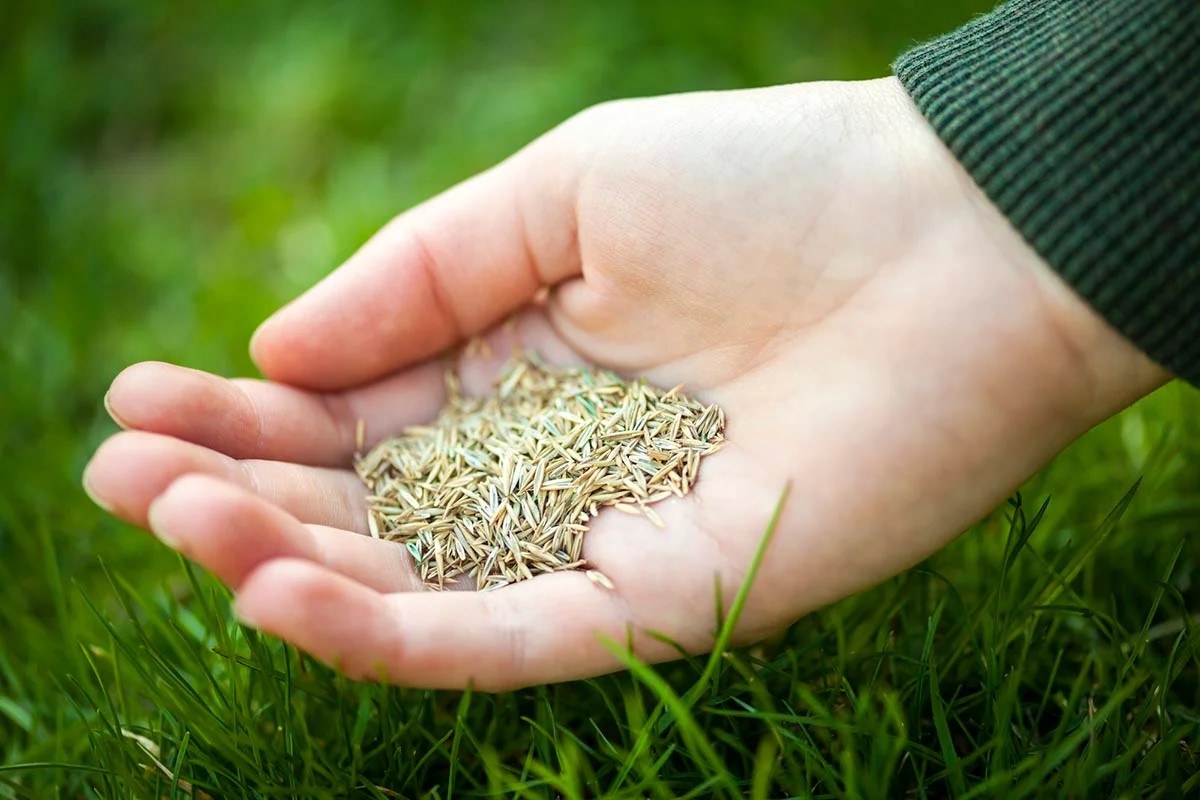

0 thoughts on “When Can I Plant Cantaloupe Seeds”